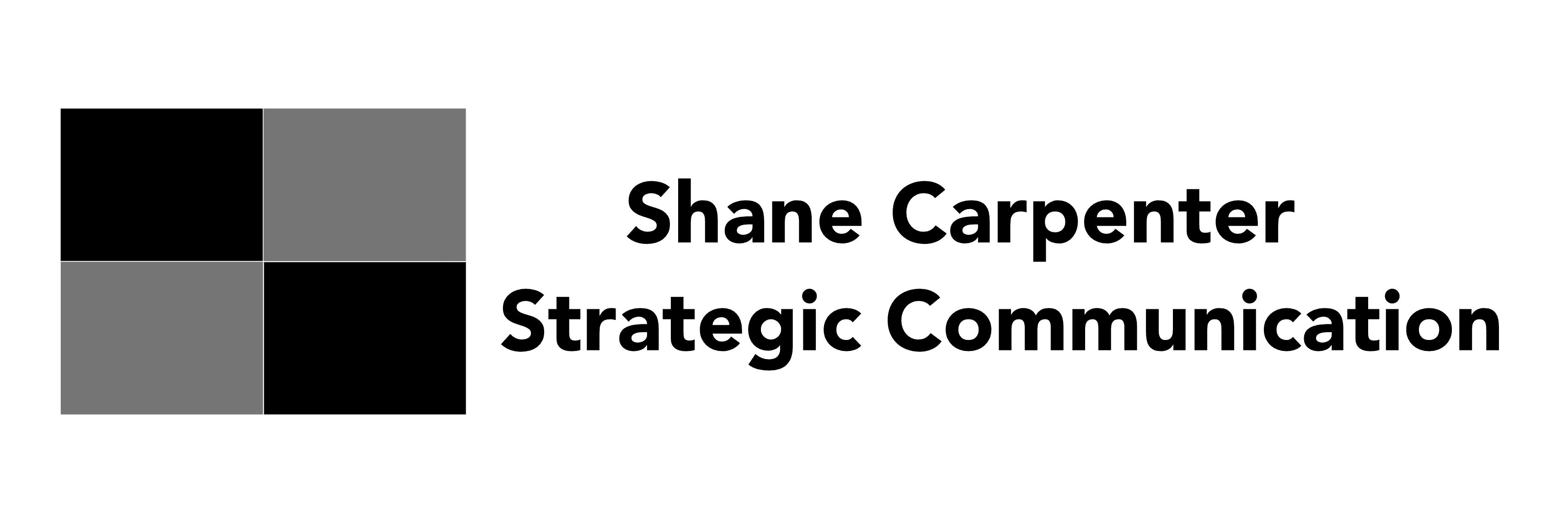
It’s only three short months until we find ourselves in a new year and that means it’s time to start thinking about planning.
The natural instinct when planning is to immediately jump to tactics. What are we going to do and how are we going to do it?
However, there is more to planning than developing tactics. Much more.
When I sit down with a client, tactics are one of the last things we go over.
The first thing I do is to get a good understanding of your business. I have found that you just can’t make a very good plan without doing this.
While there are multiple things we talk about, I really want to know where you want your business to be. I can’t help you get there if you don’t know.
I want to know three things. Where do you want to be in 10 years, three years, and in one year?
Sounds simple enough, right?
The 10-Year Target
I understand that there is a lot that can change in ten years.
If somebody would have told me in 2000 that I was going to be back in school in 2010 studying communication and public relations at Boise State I would have laughed at them.
So why do you look this far out? I want to know what you see as the dream state of your organization. I had an employer who called this utopia. If you can’t dream it you can never take the steps that are needed to get there.
I’ve seen organizations that don’t know where they want to be at the month let alone 10 years. This target gives the direction of where the organization is going in the long term. It is something it can work towards.
Many organizations think of this target in financial terms. The target could be something like $20 million in revenue and a 15% profit margin.
Whatever it is, your ten-year target needs to be ambitious. It shouldn’t be something that is easy to attain. If your already an $18 million company, setting a 10-year goal to be a $20 million company isn’t ambitious.
However, the target should be more than financial. I once worked with a client who was leasing their building. Part of their ten-year target was to own their own building.
As an organization, you also need to care about this target. If it’s just something you are putting on paper that nobody really cares about, there is no chance that utopia will ever come.
Let’s look at an example.
On May 25, 1961, President John F Kennedy delivered a speech to a joint session of Congress. In this speech, he said America would put a man on the moon by the end of the decade. NASA had been established only three years earlier and it had only put an American into space once, 20 days earlier. And even at that, the flight lasted only 15 minutes. NASA wouldn’t put an American into orbit until 1962.
Kennedy’s target to put an American on the moon was very ambitious based on where the space program was at the time of his speech. And yet, on July 20, 1969, Apollo 11 carried the first humans to set foot on the moon.
The ten-year target doesn’t have to be a long detailed list. In fact, it shouldn’t be. It should be short and sweet. For example:
- $100 million in revenue
- 20% percent profit margin
- 45 employees
- We will be doing business nationally
- We will have 100 locations
Once we know your ten-year target we can move forward.
Three Year Goal
Now we are going to scale back in look three years out. You’re probably asking yourself why we are doing a three-year plan when we have a 10-year target.
The business environment is changing faster than it has at any time in the past. Did anybody see social media coming in 2000? Did anybody think in 2010 that social media would so pervasive that it would help get a president elected?
The bottom line is that too many things will happen in 10 years to be able to develop a strategic plan that will still be valid. This is we scale it back to three years.
So what do you need as part of your three-year plan? I break this down into four pieces:
- Future Date
- Revenue
- Profit
- Measurables
The first thing to do is to select the future end date. You can make this date three years from today or you could tie it to the end date of the fiscal year.
However, I recommend that you tie it to the end of the calendar year. It’s how most people already think in their day to day lives so it will be easier for them to understand.
Next is revenue. Ask yourself the question, “How much will the organization be making in three years?” It sounds like a simple question but it forces you to think about how fast the organization is going to grow.
Next is your profit figure. This is going to follow the same process as the revenue step. How much will the profit be in three years? Think of this in terms of a percentage. What’s your profit margin?
Finally, we have measurables. Every organization has them. These are the things outside of revenue and profit.
It could be the number of volunteers, the number of clients, or the number of widgets produced and sold. Determine what your measurables are and the number.
While it will be fairly easy to determine what your measurables are, it may be more difficult to come up with a number. This is because your measurables, like your revenue, is an indicator of how fast the organization will grow.
Now that the revenue, profit, and measurables in place we can go on to the final step which is to determine what the organization will look like in three years.
Write a list of what the organization looks like on that future date you put down in the beginning. Gino Wickman, the author of Traction, suggests that multiple factors should be considered such as, “number and quality of people, added resources, office environment and size, operational efficiencies, systemization, technology needs, product mix, and client mix.”
This list will be fairly long, 10 – 20 bullet points, to really tell you what the organization is going to look like.
Wickman also suggests that each person on the leadership team describe what they think their role will be in that timeframe. I’m going to call this one extra credit. I think it’s a great idea but you can choose whether you do this or not.
One Year Plan
We have looked long range with a 10-year target and three-year plan. Now we are going to focus on the one year plan.
What are you going to do this year?
The nice thing is this process follows the same steps that we just covered in the three-year plan. Decide your future date, revenue number, profit number, and measurables for the year.
Once you have your numbers we are ready to move to the final step. This is where it is going to be different than your three-year plan.
Instead of developing bullet points of where the organization is going to be, you are going to determine your top three to seven goals for the year.
I strongly suggest not having more than seven. This is a case where less is more. If you have more than seven, you run the risk of not reaching some or all of them. This will leave you and your team feeling frustrated and defeated.
To determine your goals, you will want to reference the three-year plan. Look at your list of where the organization will be in three years. What three to seven items on the list are you going to accomplish in order to be on track for your three-year plan?
When you know the answer, you will have your goals.
Keep in mind that these goals need to be specific, measurable and attainable. They also need to be accomplished by the end of the year. Your goals must follow these criteria so that there is accountability.
Final Thoughts
There is a lot that goes into planning but knowing about your organization and where it wants to be is critical.
While you may think about this all the time, going through the process of breaking it down and documenting in the form of the 10-year target, three-year plan, and one-year plan will cement where it is going.
In turn, this will help you create a more comprehensive and focused plan.
Do you have questions about creating a marketing communication plan? Contact us and we can help.
- Is Your Marketing Connected? - March 6, 2025
- Stop Planning and Start Strategizing - October 24, 2024
- The Importance of Creating a Connection With Your Marketing - June 6, 2024
